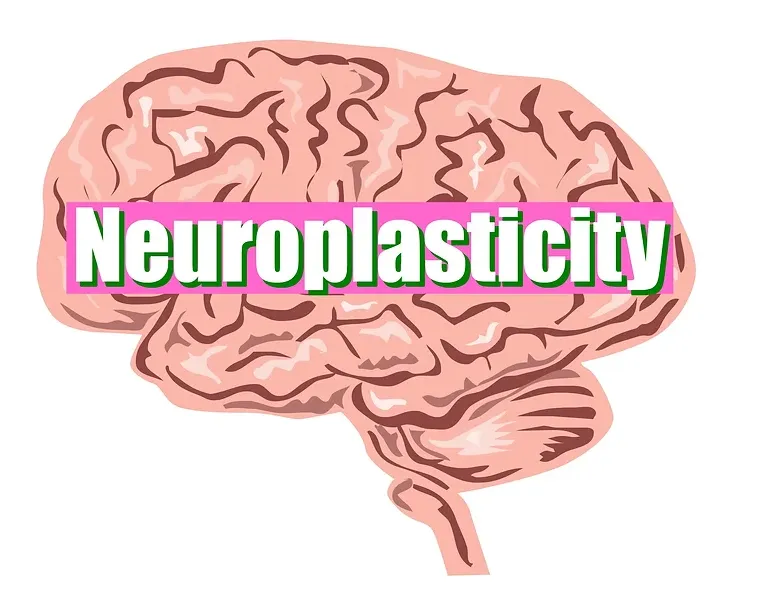The Social Communication Blog
By Linda Boverman

What is Neuroplasticity?
They now know that if we “exercise” our brains they can stay young–and even grow more fit!–our whole life long.

“We have the power to change our brains.”
RIGHT, you say. We can’t purposefully change our brains. They grow until a certain age and “bam”. Everything stops after that. Then everything goes downhill.
WRONG, say the neuroscientists today.
They now know that if we “exercise” our brains they can stay young–and even grow more fit!–our whole life long.
The reason is that the brain is flexible. It has plasticity. To be exact, it has neuroplasticity.
Neuroplasticity is the capacity for our brains to stretch, grow and rewire over our entire lifetimes. How we think literally changes our brains. Whether it grows in a way that affects us positively or in a way that affects us negatively depends on which part of the brain is being stimulated and that depends on what we say, do, and think.
This means, everyday we are actively stimulating a center or centers in our brains that can make us feel happier or not so happy–it is all up to on us.
If we take advantage of these discoveries about the neuroplasticity of the brain, we have the potential to dramatically change our lives for the better.
THIS KNOWLEDGE IS HUGE
Awareness of this new knowledge alone has the potential to create positive change in our behaviors and our states of being.
We can also seek out help, take classes, and practice.We can exercise our brains to increased health just like we exercise our bodies to health. Incorporating brain exercises* and practices into our daily living and that of our children has the potential to significantly change our lives.

In relation to brain function, another way of saying this is:
“What fires together, wires together.”
I have heard this numerous times from scientists and appreciate the visual image, but for me to use this information to make changes, I need to do a little self-talk.
Whatever I practice long enough becomes a habit.
I need to remember that changing a habit and creating a new one will not necessarily be easy.
The transition period will feel uncomfortable as will the new habit.
Initially the familiarity and comfort of the old habit may cause me to falter.
Practice, persistence, grit, and commitment will break the pattern, keep me on track until the new habit feels more comfortable, and my brain changes.
If you would like to learn more about neuroplasticity, feel free to take a look at the following references
REFERENCES:
Mindsight – Daniel Siegel, M.D.
Mindset –the New Psychology of SUCCESS: How We Can Fulfill Our Potential—Carol Dweck, Ph.D.
Make Your Brain Smarter—Sandra Bond Chapman, Ph.D.
Feel free to take a look at my review of Dr. Chapman’s book–with examples of helpful brain exercises.
A number of blogs on this website touch on neuroplasticity, including:
http://www.lindaboverman.com/how-to-instill-a-growth-mindset-in-our-children/
http://www.lindaboverman.com/913-2/
http://www.lindaboverman.com/the-power-of-believing-you-can-improve-carol-dweck/
http://www.lindaboverman.com/a-very-happy-brain-dr-amid-sood/
http://www.lindaboverman.com/brains-response-to-threat-silenced-when-we-are-reminded-of-being-loved/
http://www.lindaboverman.com/the-fight-or-flight-response-is-alive-and-well-in-our-schools/
The Internet offers scores of other books and resources.
CHILDREN’S BOOKS:
You and Your Fantastic Brain Stretch it, Shape it–Joann Deak, Ph.D.
The Owner’s Manual for Driving the Adolescent Brain–Joann Deak, Ph.D.
Meet Thotso, Your Thought Maker–Rachel Robb Avery, Ph.D.
What is a Thought?–Amy Kahofer, Jack Pransky
*This is in no way an endorsement of the myriad of “brain enhancing programs” that are in the marketplace or the efficacy of the programs.

Copyright 2023 . All rights reserved
lindaboverman@gmail.com
(213) 804-7750

